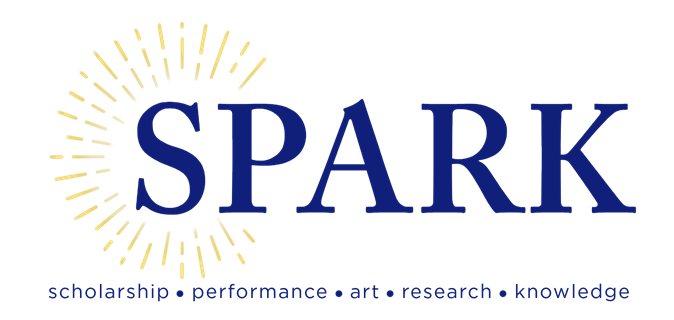
[Archive] Belmont University Research Symposium (BURS)
Modification of SSA4 reporter plasmid for regulated expression
Publication Date
Spring 3-30-2022
College
Sciences and Mathematics, College of
Department
Biology, Department of
BURS Faculty Advisor
Rebecca Adams
Presentation Type
Poster Presentation
Abstract
In eukaryotic cells, mRNA transcripts export through the nuclear core complex (NPC), a doorway to allows passage from the nucleus to the cytoplasm, where they can be translated into protein. This process requires specific proteins to bind to the mRNA to allow its movement through the NPC. When a cell experiences stress, it changes its gene expression patterns to focus on making the proteins needed for recovery. To aid in this, most mRNAs are kept inside the nucleus while transcripts that encode cell recovery proteins, such as SSA4, are selectively exported. The Ssa4 protein helps in cell recovery from stress by refolding denatured proteins, and it is specifically produced in response to stress, including heat shock. In order to uncover the mechanism of selective SSA4 export in stress conditions, we have previously generated a fluorescent protein reporter which has the mCherry ORF surrounded by the SSA4 promoter, 5’UTR, and 3’ UTR sequences. However, previous students have determined that this reporter has leaky expression: mCherry expression is observed in the absence of stress. I hypothesize that the promoter of the reporter allows leaky expression and that extending the sequence should recapitulate endogenous expression. To replace the reporter’s promoter with an extended sequence, I used PCR to amplify two extended promoter sequences from the endogenous SSA4 gene locus of genomic DNA to insert into the reporter plasmid. Thus far, I have confirmed the proper plasmids were generated by colony PCR and restriction enzyme digestion. Following this, I will transform the plasmid into the yeast S. cerevisiae and use fluorescence microscopy to test for the expression of the reporter plasmid. We anticipate that this extended promoter sequence will allow expression only in response to stress, with low levels of fluorescence in the absence of stress. Generating this reporter will allow subsequent exploration of the mechanism of selective mRNA export in response to stress.
Recommended Citation
Finlay, Jake and Adams, Rebecca PhD, "Modification of SSA4 reporter plasmid for regulated expression" (2022). [Archive] Belmont University Research Symposium (BURS). 80.
https://repository.belmont.edu/burs/80


